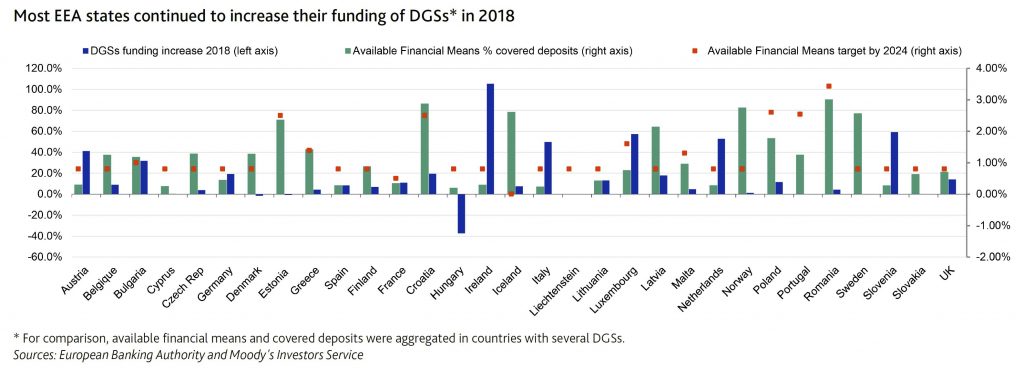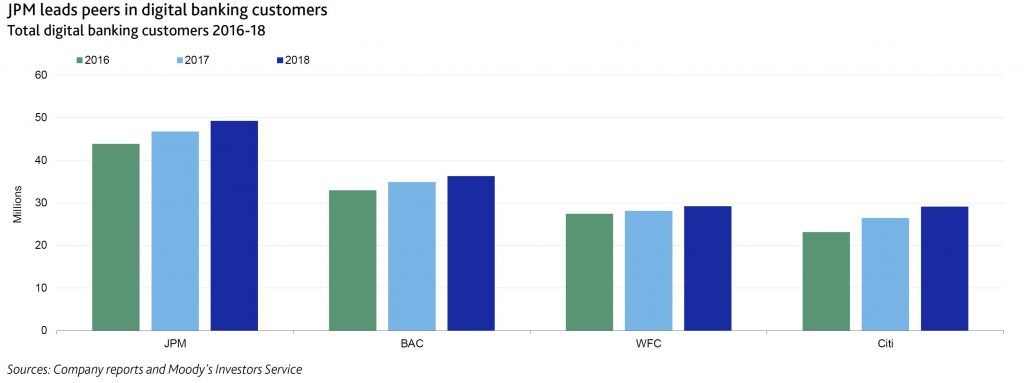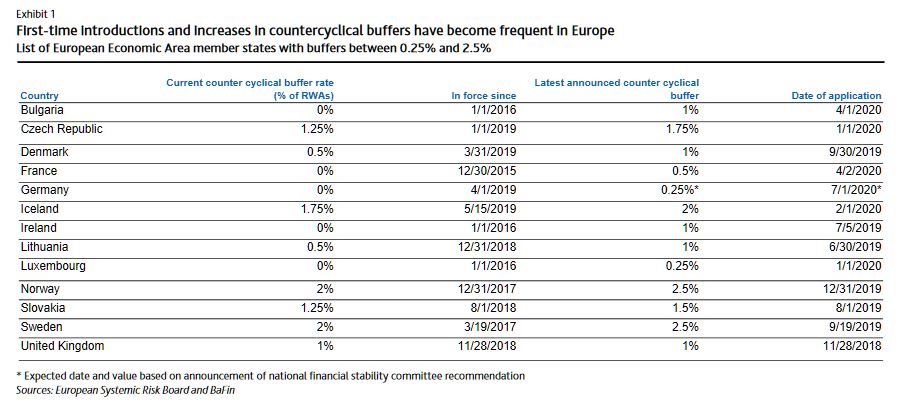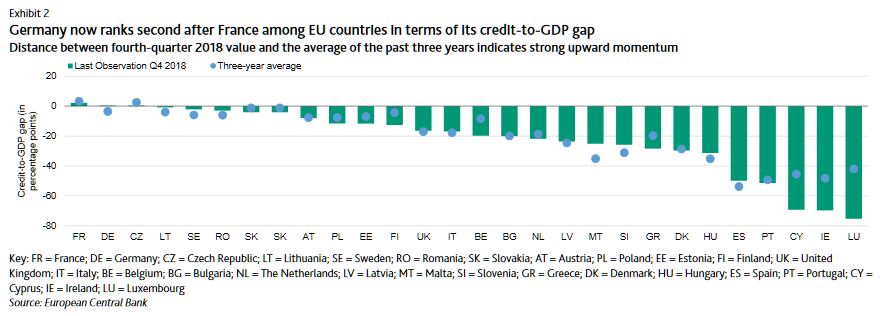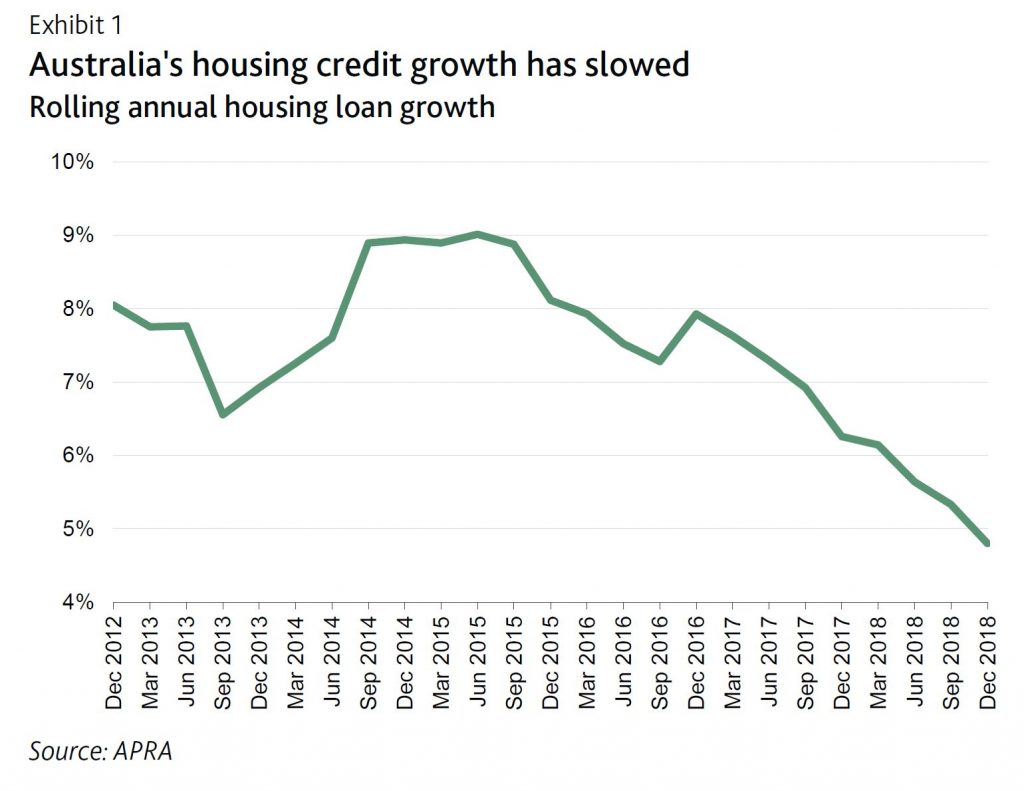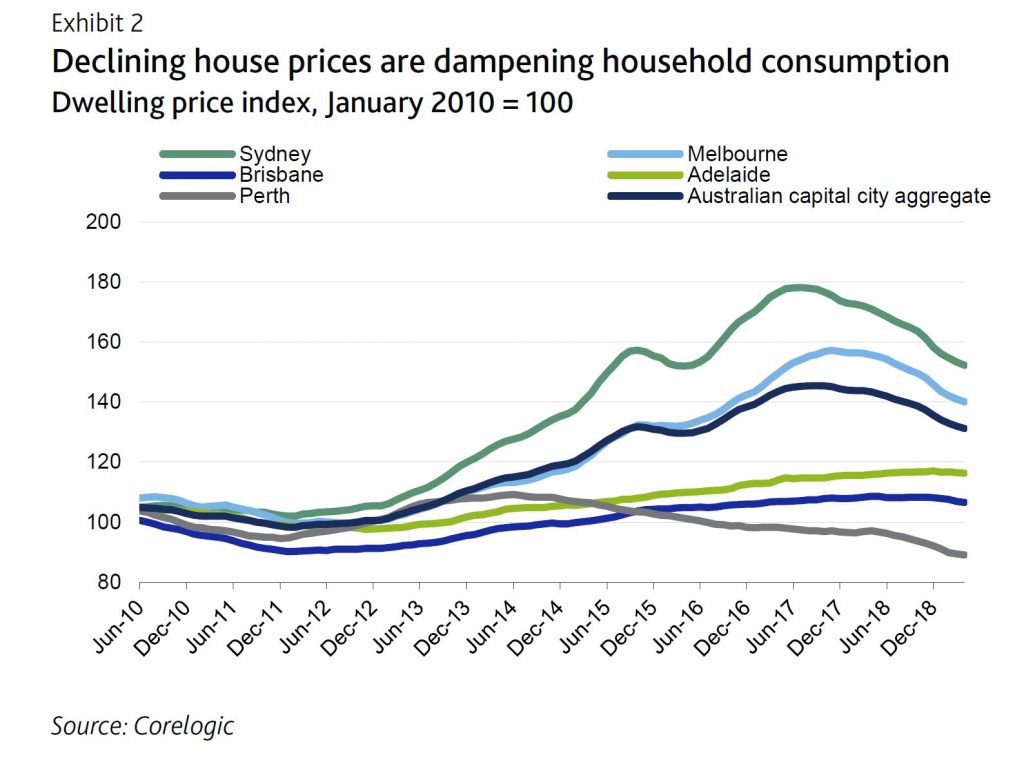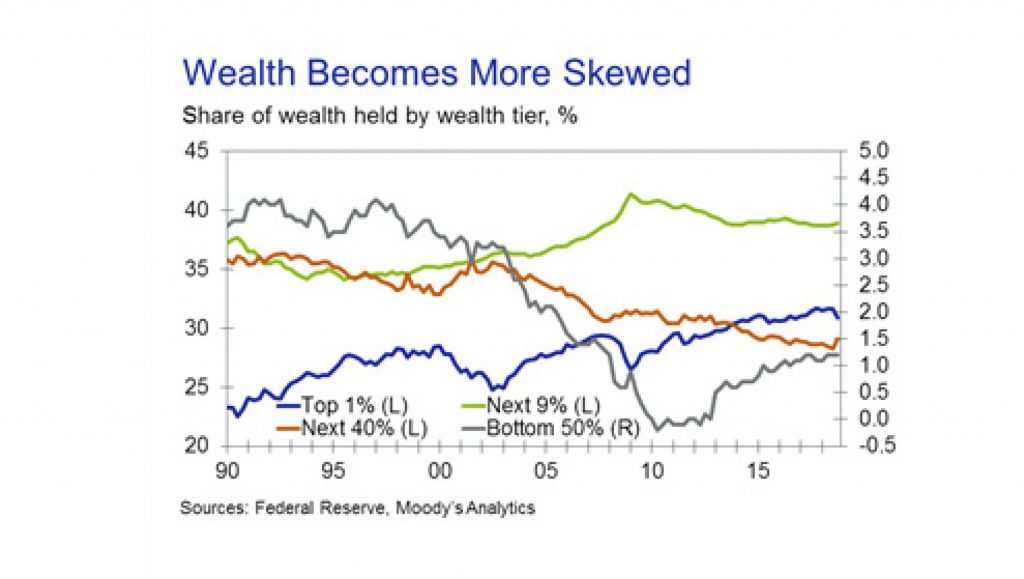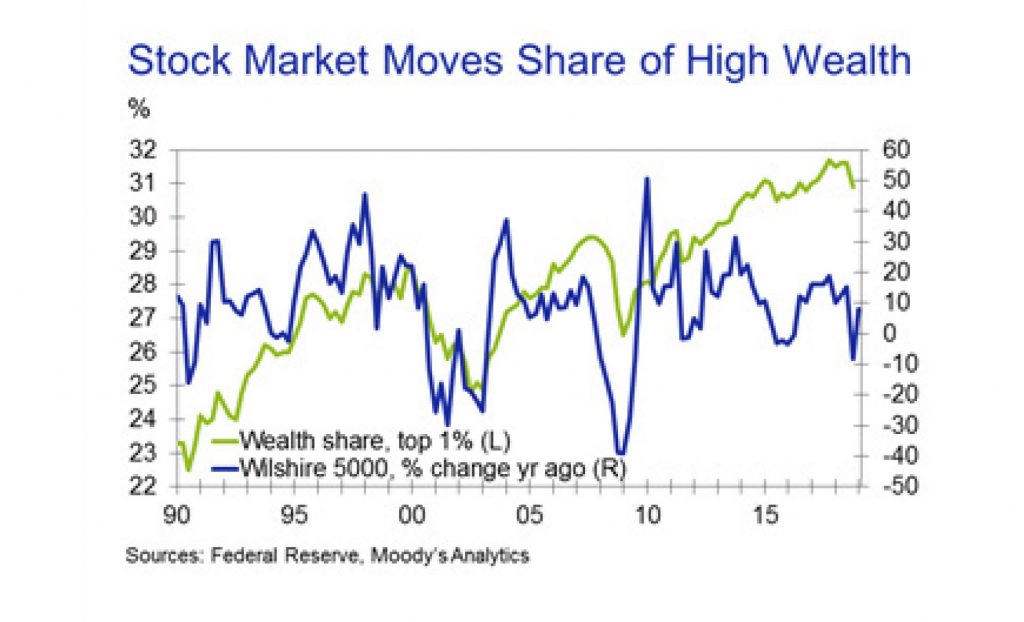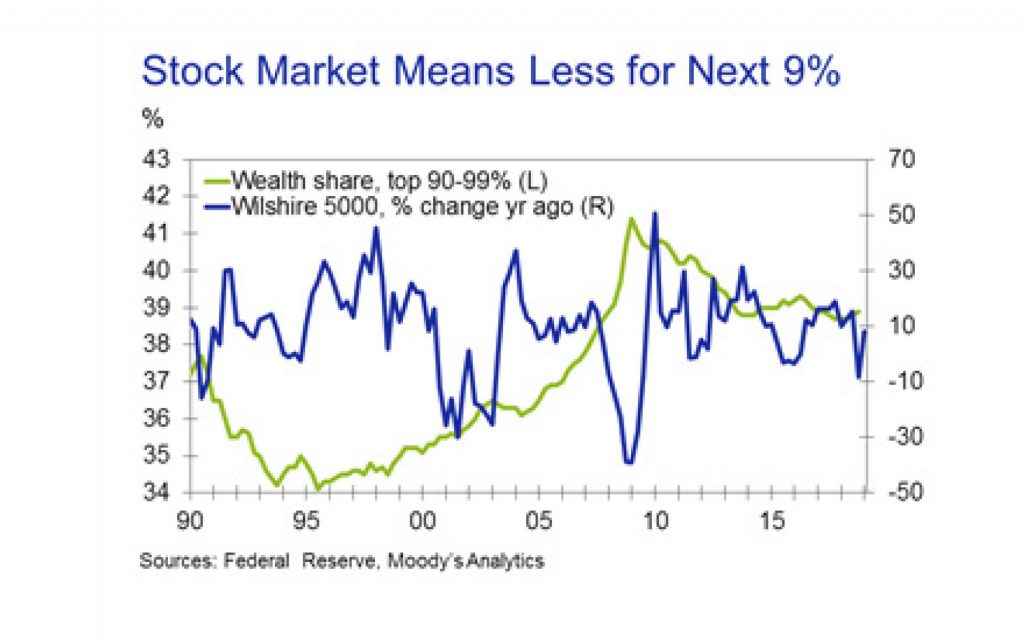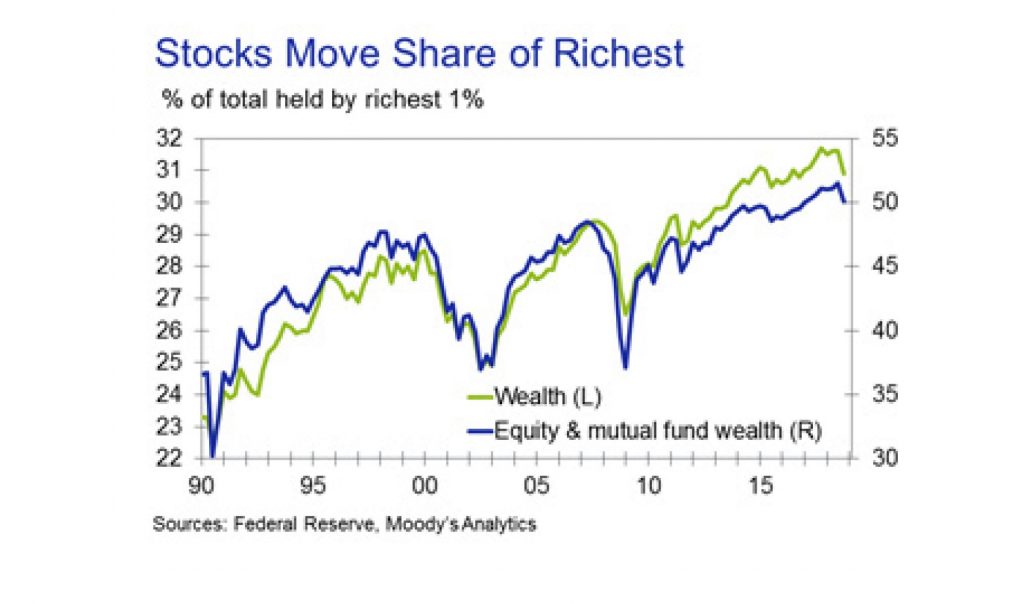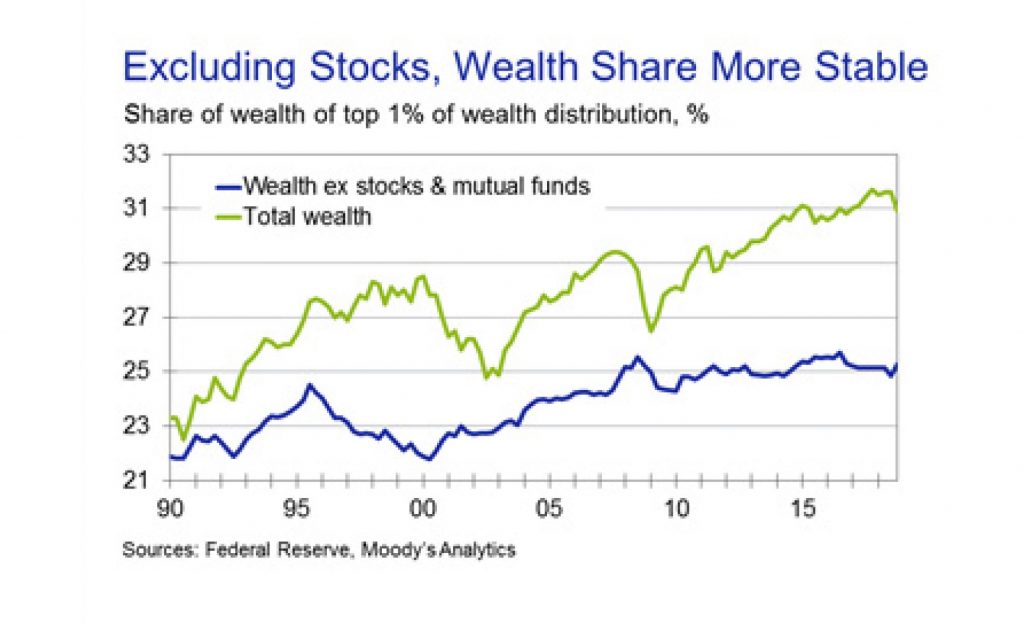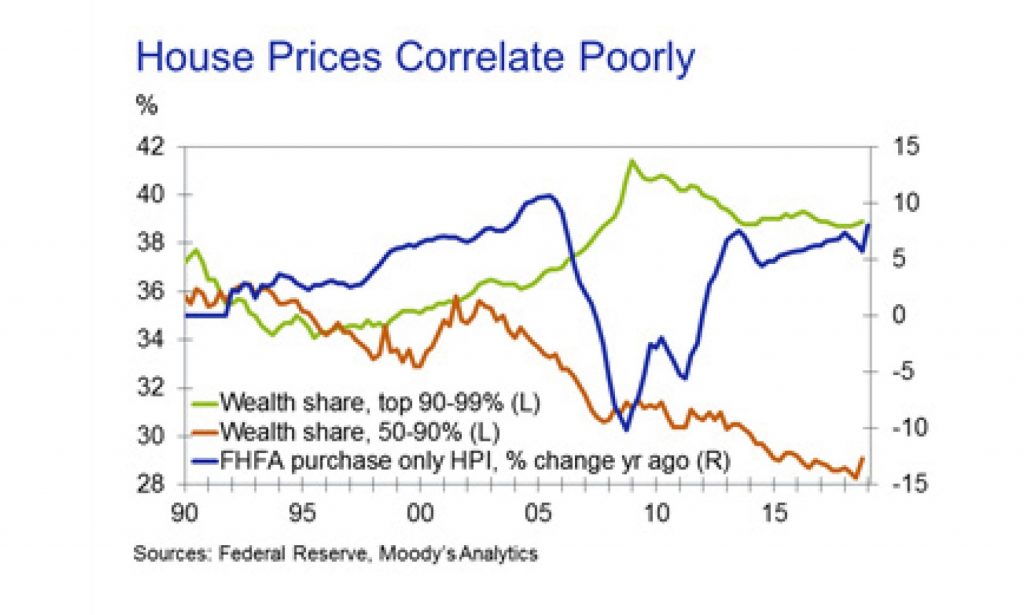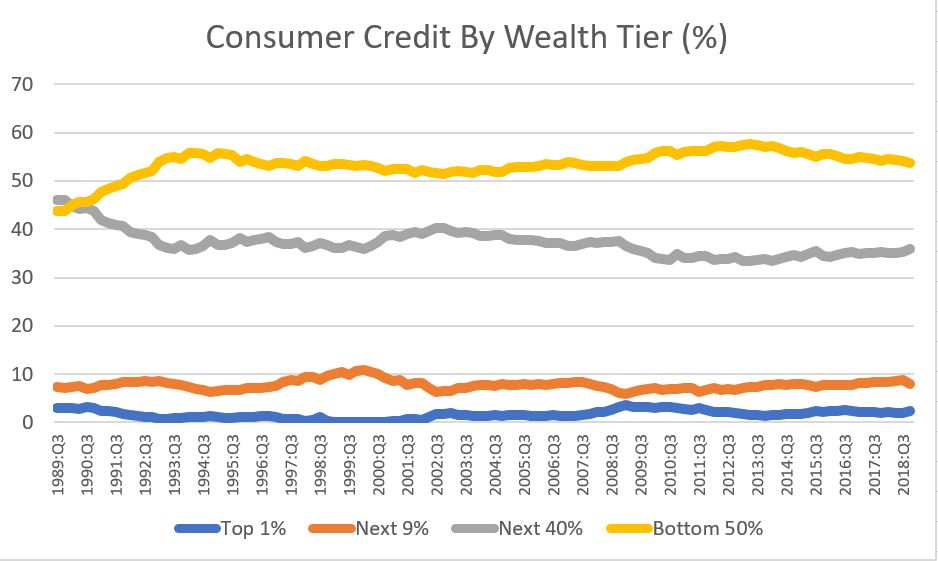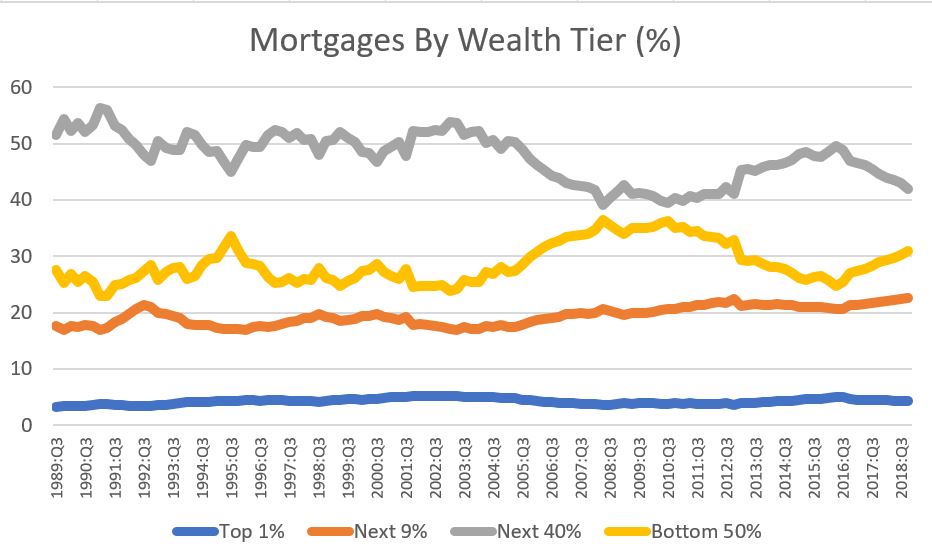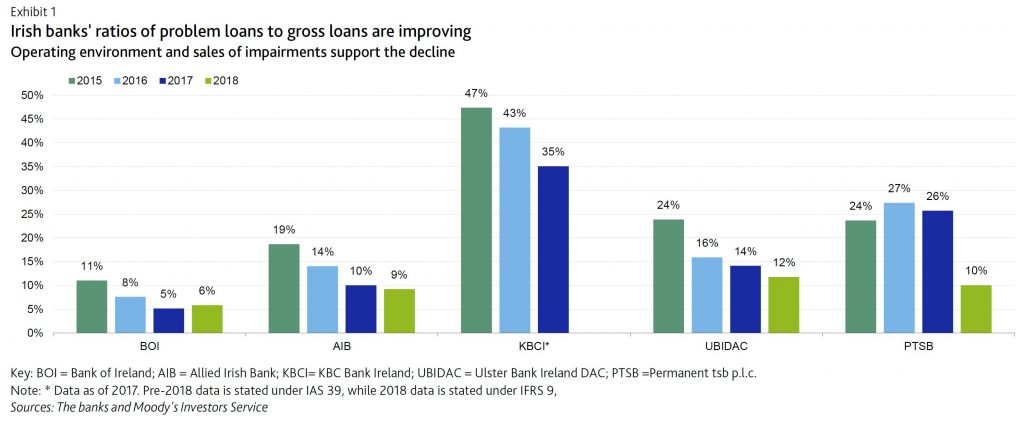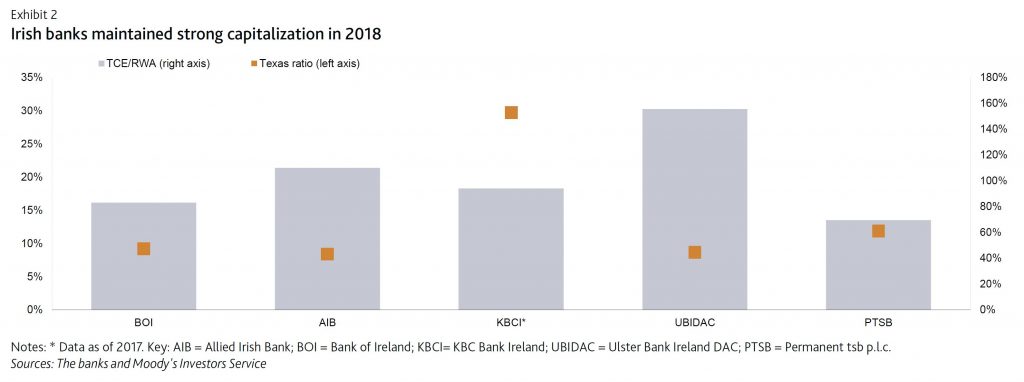On 20 June, the Bank of England announced plans to facilitate the UK economy’s adoption of new technology through a more open financial infrastructure, via Moody’s. Although many of these plans would ultimately enable faster adoption of new technology with broader and cheaper access to financial services, they would likely be an overall credit negative for incumbent banks, which generate profits thanks in part to high barriers to entry and privileged access to data.

The Bank of England’s announcements include a variety of proposals including better infrastructure to improve payments, easier access to finance for small and midsize enterprises (SMEs), smoothing the transition to a lower-carbon economy, reducing the regulatory burden on the financial industry, and facilitating the adoption of cloud-based technologies to increase operational resilience.
Some of these initiatives will directly benefit incumbent banks. The introduction of a climate stress test will help banks reposition their credit portfolios in anticipation of the transition to a less carbon-intensive economy and thus avoid the credit risk in so-called stranded assets. The Bank of England will also explore ways of using machine learning and artificial intelligence to reduce the need for regulated financial firms to supply it with large amounts of data and to automate part of its own analytical work. These efforts should reduce regulatory costs for banks. And, a new policy on the use by banks of cloud technology and the automation of more post-trade processes will help firms adopt a cheaper and more robust infrastructure.
However, these benefits for banks are likely to be outweighed by the effect of proposals to further open up financial services provision in the UK and reduce barriers to entry.
In the payments system, the Bank of England notes that while payments via card systems are convenient for customers, these processes entail friction and inertia that result in costs for the real economy. For example, fees can consume between 0.5% and 2% per transaction, while the eventual transfer of funds between buyer and seller can take several days to complete (with fees and delays being typically greater for international transactions). In response, the UK government announced a review of payments systems, which will likely lead to further initiatives to further boost the ability of providers of newer and cheaper forms of direct payment to access the
wider market.
For its part, the Bank of England will continue to open up its real time gross settlement payment system to non-bank payment service providers. The central bank will also consult on whether to allow more firms beyond a small group of systemically important banks to access its balance sheet. Such moves, while apparently cautious at this stage, will intensify competition and lead to further margin pressure on incumbent UK banks. In addition, the Bank of England will explore ways to support new digital currencies such as that announced by Facebook, which are also likely to disintermediate established banks.
Meanwhile, the central bank will also promote greater competition in SME financing. Currently, the vast majority of SME lending in the UK is conducted through the largest four banking groups, and new entrants face significant barriers to entry, typically lacking the customer account data which helps banks make their credit decisions. The Bank of England suggests further promoting the existing principles of “open banking,” which allows customers to take control of their data and share them securely with alternative providers, helping SMEs create a “portable credit file.” Doing so would aim to reduce barriers to entry and stimulate competition, thus adding to margin pressure on banks.
Since the open banking initiative began in early 2018, there has been little effect on market shares in retail banking in the UK. But over time, the above measures mean that incumbent banks would likely experience margin declines in some of their traditionally more profitable activities of commercial lending.




